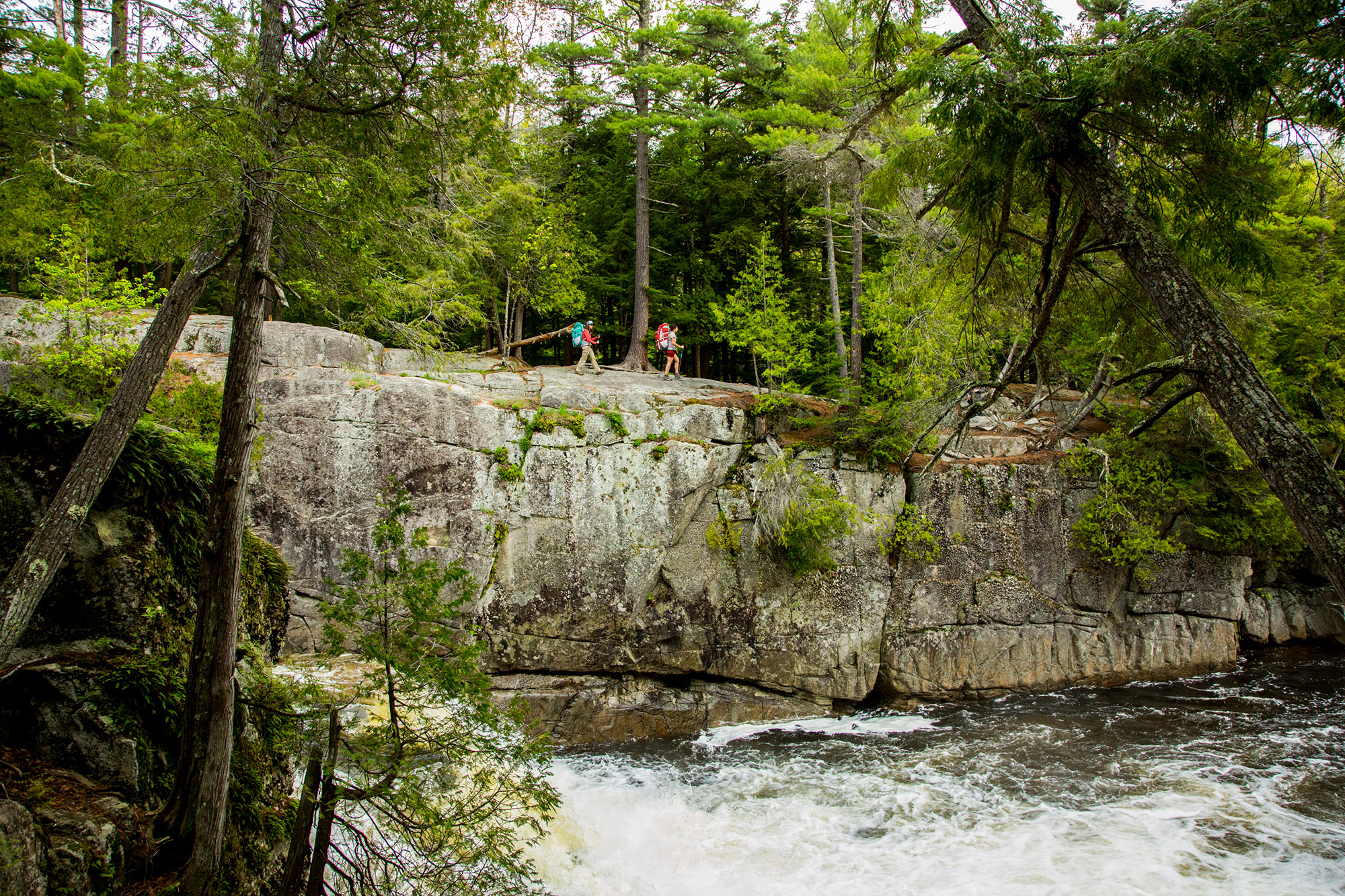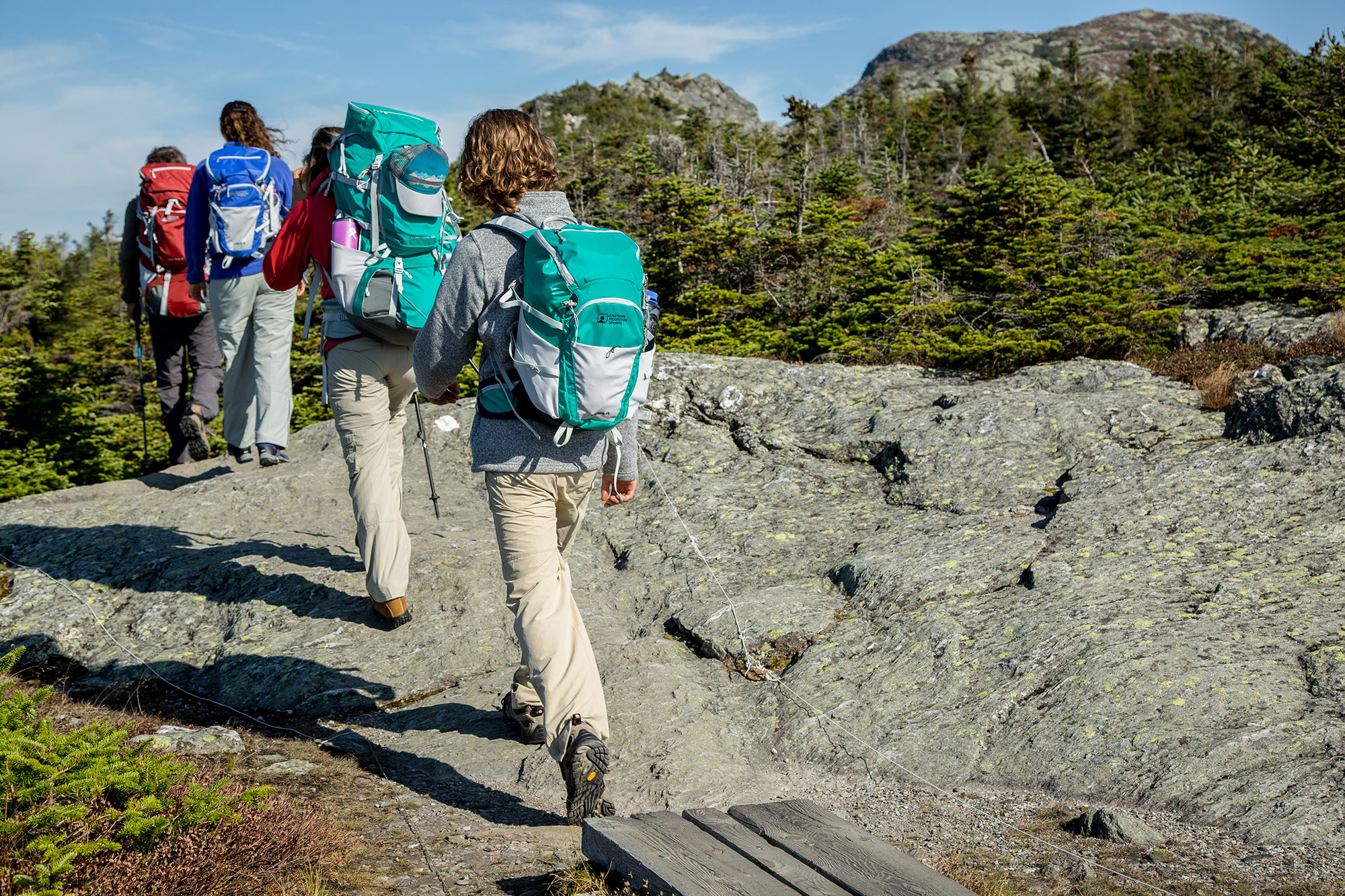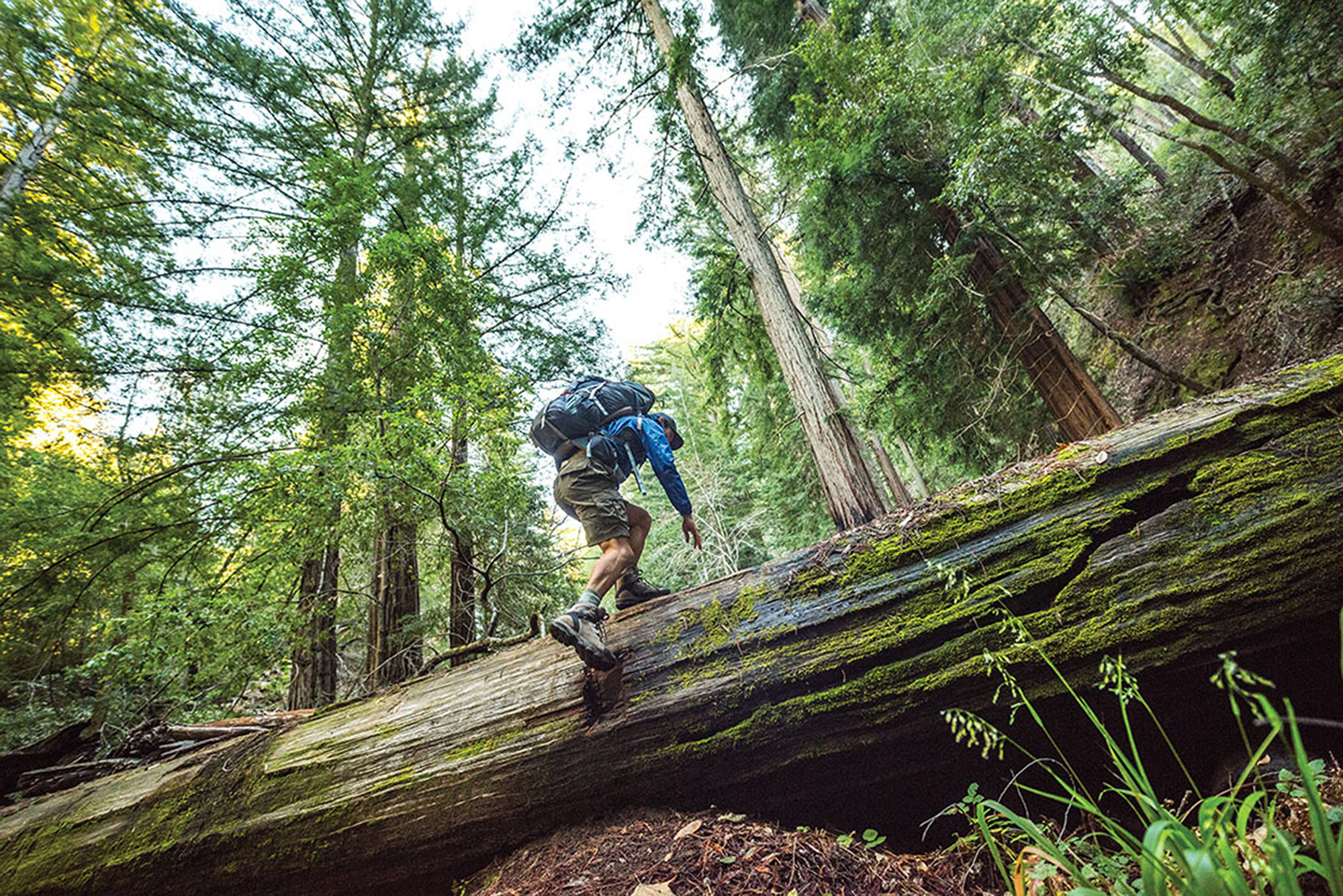New technological developments have changed our experiences in the backcountry. Particularly, the ever-common smartphone is now a staple, functioning as a map, flashlight, camera, and more. However, complete reliance on a smartphone can get someone into serious trouble.
A drained battery is not the only threat, though. Social media has popularized the outdoor lifestyle, leading to more and more people sharing their views and experiences online and thus increasing traffic at popular destinations. This, in turn, has led to erosion and overcrowding at places not yet ready to handle such heavy use. However, if used to advocate for stewardship, social media can be beneficial.
Contrary to popular belief, Leave No Trace (LNT) is not just the phrase angrily grumbled by a grizzly hiker as he picks up an energy bar wrapper off the trail to pack it out. Rather, LNT is an organization that advocates for sustainable outdoor ethics. In line with that mission, it recently released new guidelines regarding social media use—particularly, for protecting these spaces and ultimately strengthening our relationship with the outdoors. So, how does the everyday hiker make sense of these recommendations, and what shouldn’t you be doing?

Tag thoughtfully
“Avoid tagging (or geotagging) specific locations. Instead, tag a general location such as a state or region, if any at all. While tagging can seem innocent, it can also lead to significant impacts to particular places.”
Our social media posts have far-reaching impacts. What seems benign may actually end up drawing masses to the site featured in your post. In turn, the larger crowds contribute to erosion and may complicate relationships with landowners. While some areas can handle heavy use, like the above cascade in the Catskills, many destinations are not equipped for the increased foot traffic.
DO: Post something along the lines of, “Enjoying this refreshing mist on a hot day in the Catskills!” Consider tagging the mountain range or region of the state, rather than a specific place.
DON’T: Tag the exact location of a vista, or mention any shortcuts to get to a destination.

Be mindful of what your images portray
“Give some thought to what your images may encourage others to do. Images that demonstrate good Leave No Trace practices and stewardship are always in style.”
Our posts should empower others to take care of our lands. Before you post, ask yourself if the content you are sharing is geared towards sustainability and respect for our natural spaces. Think about how you will view the post in five or 10 years—it is never fun to look back and cringe.
DO: Post photos of area cleanups, or artistic and creative landscape shots that depict pristine wilderness, thus encouraging people to keep it that way. Remember: “Take nothing but photos, leave nothing but footsteps.”
DON’T: Post photos of yourself or friends doing something dangerous or photos that may encourage others to harm themselves, others, or the land. As well, don’t show photos of you littering or camping in areas you’re not allowed.
Give back to places you love
“Invest your own sweat equity into the outdoor spaces and places you care about. Learn about volunteer stewardship opportunities and get involved in the protection of our shared lands.”
Nature gives us experiences and memories that we cherish forever. We can give back by cleaning up litter, maintaining trails, keeping our own impact minimal, and inspiring others to do the same through social media.
DO: Leave no trace, pick up litter and pack it out, follow the trails, and post photos promoting group cleanups.
DON’T: Litter, draw graffiti, damage plants, break trail, or post photos encouraging these behaviors.

Encourage and inspire Leave No Trace in social media posts
“Given the millions of social media users in the world, think of the incredible potential that social media has to educate outdoor enthusiasts—first timers to seasoned adventurers—about enjoying our wild lands responsibly.”
We sometimes see the effects of people leaving traces in the backcountry, which, then, influence our own experience. Greenhorn adventurers may not even realize that they are leaving a trace, such as when they leave obvious markings of a campsite. Even experienced adventurers sometimes violate LNT! Thus, we can use social media to educate others, regardless of their level of outdoor experience.
DO: If you see something in the outdoors that does not follow LNT principles, make an informational post to educate others!
DON’T: Post a photo of feeding wildlife, including summit chipmunks, or post aggressively or angrily about situations where LNT principles were broken (this may discourage people from listening!)
What other dos and don’ts would you add? Comment below!
Edmund Falkowski
Born in Buffalo, NY without easy access to mountains, Edmund grew up focused on academics, music, and team sports. After a back injury at age 15, he discovered trail running and climbing. It wasn’t until his freshman year of college that he actually experienced the mountains, but he immediately found a home-away-from-home in the Adirondacks. He now pursues his passions of climbing hard and hiking fast as a Trip Leader in his college’s Outdoor Adventure Club while juggling his college education in Physical Therapy. At the end of the day, Edmund is just really stoked to spend time outside, and is always planning his next sufferfest.
Related Posts
April 2, 2024
10 Tips for Mountain Biking Etiquette During Mud Season
One rough spring could ruin the…




